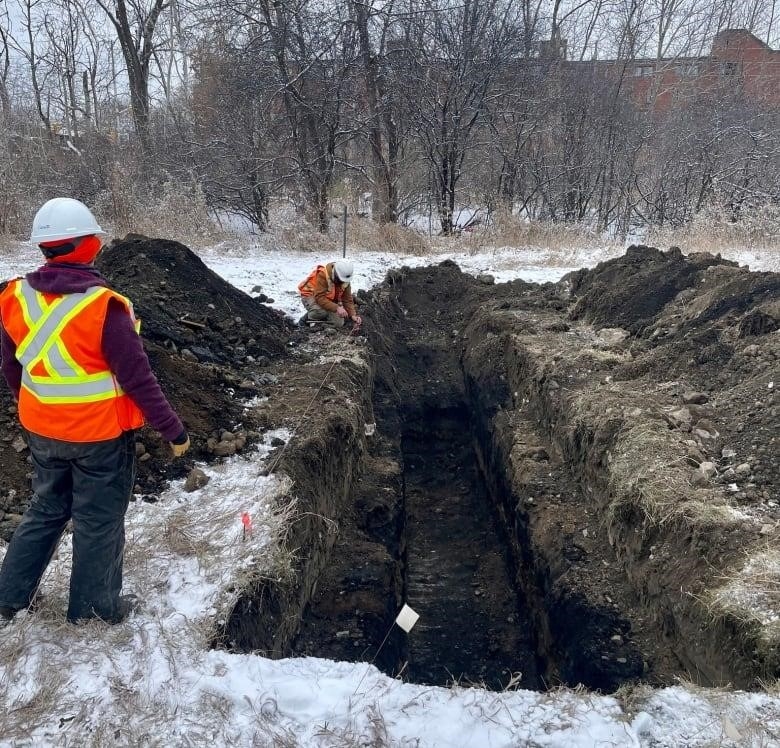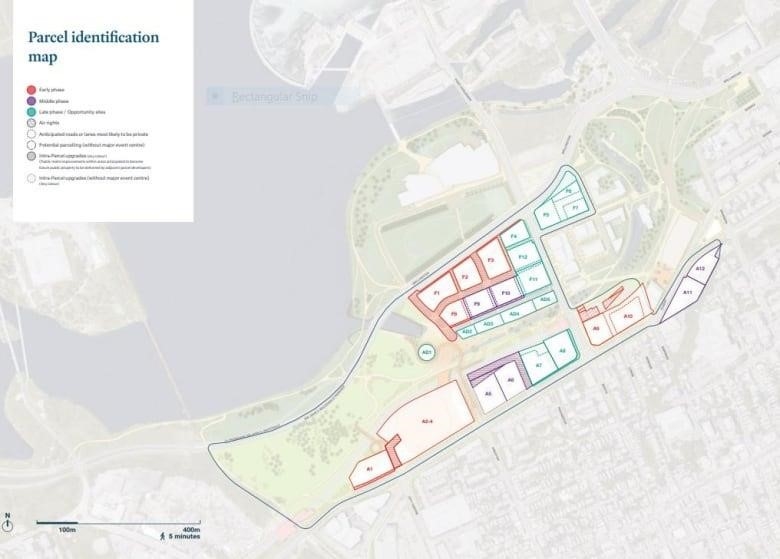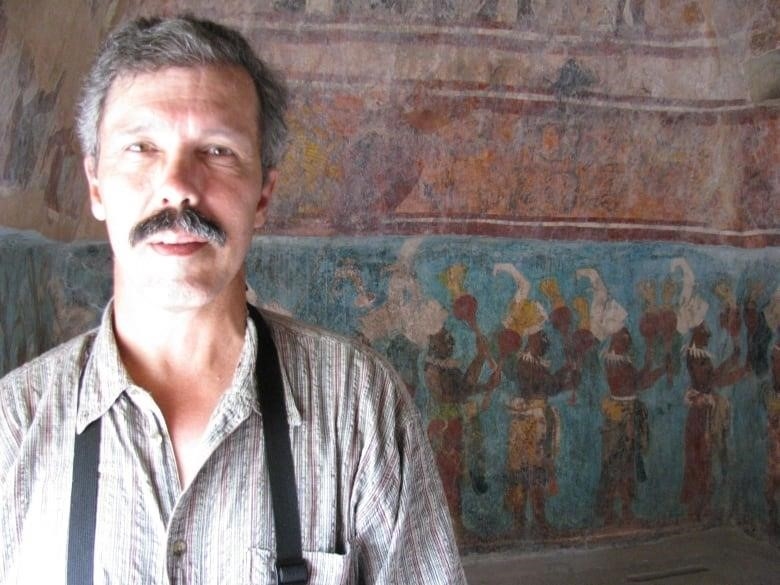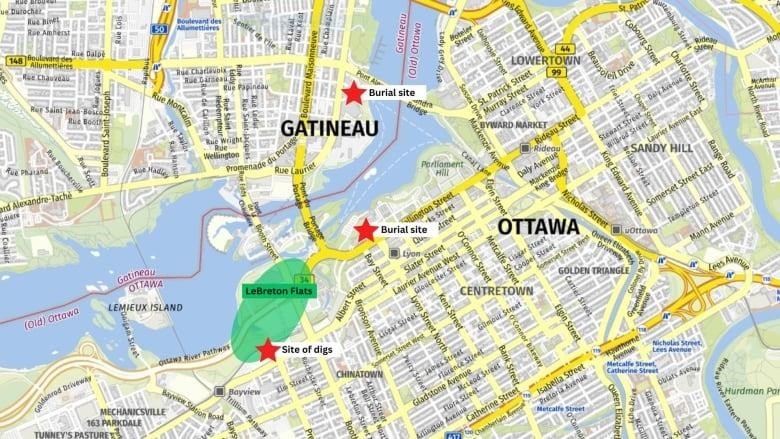Archaeological digs haven’t turned up any graves yet

After the results of two digs at the end of last year, the National Capital Commission (NCC) is planning another dig this summer in a part of LeBreton Flats that could become an NHL arena. They want to find more 19th-century Bytown artifacts there.
Archaeologist Monica Maika said in a statement that two historical sites on the north side of Albert Street between Preston Street and City Centre Avenue were looked into in November.
Edward Malloch, a lawyer and politician who lived in LeBreton Flats in the 1850s, owned the Malloch House, which was one of the sites.
Maika said that Malloch’s house was also used as a brewery for a short time in the late 1800s. The site will be looked into more this summer.
“Any artifacts found at this site could be kept and maybe even put on display at LeBreton Flats in the future,” Maika said.

The second dig was done where the St. Lawrence and Ottawa Railway warehouse used to be, but Maika said that not much of the old warehouse was found and that “no more archaeological work will be recommended.”
Maika said that the assessments build on the archeological work that has already been done at LeBreton Flats. This is part of the commission’s mission to “honor the past.”
- Once again, the Ottawa Senators sign a deal for a downtown arena
Maika said that the past investigations showed that the property had been used for many different things in the past, from hotels to homes to schools.
“No places where people were buried were found during these investigations,” she said.
Archaeologist says it is still possible to find graves
Jean-Luc Pilon, an archaeologist and former curator at the Canadian Museum of History, said that because of this past work, it might be hard to find undisturbed soil at LeBreton Flats and, by extension, a burial site.
Pilon added that that doesn’t mean there couldn’t have been one.
He said, “It’s amazing how little bits and pieces of the past can still be around.”

Pilon said that the history of nearby burial sites could lead to another find in the future.
In the 1800s, two different burial grounds were found on both sides of the Ottawa River. One was near what is now the Library and Archives Canada building, and the other was near the Canadian Museum of History.
Pilon said that the Chaudière Falls on the Ottawa River were historically known to be very spiritually important to Indigenous people in Algonquin territory. LeBreton Flats is also close to the falls.
“This place stood out. It meant very specific things. They thought there was an entity or power that lived in or around the falls “he said.

Pilon said that in the past few years, a number of other historical artifacts and sites have been found near LeBreton Flats.Remains of people from a cemeteryunder Queen Street in 2013 and anIndigenous knifeIn 2019, beneath Parliament Hill.
“That just makes it more likely that we could learn something we really didn’t know before.”
“Archaeology of neighborhood
Phil Jenkins, a local author who wrote a book about the area, says that digs like these are a great way to learn about how people used to live.An Acre of Time, a book about LeBreton Flats’ history.
Jenkins said that he would call the NCC’s digs “the archaeology of the neighborhood.”
He said, “It shows how people used to live together as neighbors and what a neighborhood was.”
“I think there are lessons to be learned there about how to live together in a neighborhood,” he said.
Jenkins said that learning about the past is still important, even though most people are focused on the present and the future.
“I would say that archaeology is a rearview mirror. And it’s a good idea to look in your rearview mirror once in a while so you don’t make any mistakes.”
